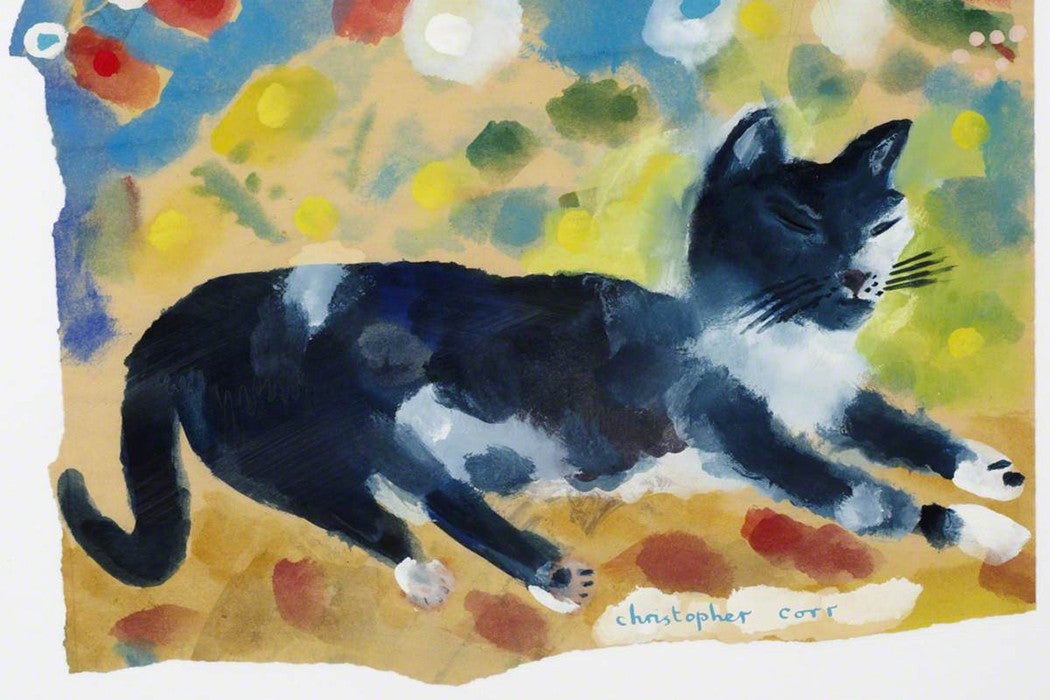Stanford’s Lucile Packard Children’s Hospital is in the process of a huge building expansion project. Opening in 2017, the expansion focuses not just on sustainability and state of the art machinery, but also on healing gardens and play rooms. They are not the first hospital to rethink healing spaces. The Mayo Clinic in Rochester, Minnesota, for instance, develops and curates a top notch art collection throughout the campus, offering daily guided art tours.
It has long been believed that there is an underlying healing power of of art—both making art and simply experiencing it. In 1984, Jeremy Hugh Baron and Lesley Greene studied art in hospitals, noting that “hospitals have been designed and built for high quality medical care. Few have been designed to be beautiful.”
Hospitals working to prioritize an arts budget and curator must believe deeply in this endeavor—and be willing to pay for it. Baron and Greene highlight the challenges hospitals face in developing an arts budget, tracking international art budgets for new hospitals in Norway, the Netherlands, Italy, Canada, France, West Germany, and the U.S. The most common enforced art expenditure they noted was 1% of the cost of the construction cost of the hospital. Determining and selecting the art for the hospitals is another part of the equation and each hospital handles this differently.
In Norway, for instance, strict guidelines exist for the Norwegian Fund for Art in New State Buildings. This fund then appoints artist consultants for projects as well as the local building project committee.
In the Netherlands, Baron and Greene describe an interesting and successful hospital art initiative. In 1974-84 while the University of Amsterdam was building The Academisch Ziekenhuis, their commissioning team acted as museum curators in choosing a unifying didactic theme for art in every unit: “postwar movements in the arts in the Netherlands.”
Three hospitals in London established art committees and raised money for purchasing arts because there was otherwise no budget. The British Medical Journal outlines how at least two London hospitals attempted to commission murals for their hospital walls. St. Charles Hospital successfully solicited mural proposals from local artists and invested in artwork and a new, refreshing look.
The British Medical Journal quotes R. Cork, who said that “art is able to provide solace, exhilaration, and satisfaction in a huge variety of different forms. Above all it is able to humanise a building, infusing an often soulless and impersonal environment with affirmation…many critical moments in our lives occur there—from birth through to death—and they ought to take place in surroundings which honour their true significance.”
As hospitals today continue to grow and expand, it is exciting to see hospitals like the Mayo Clinic and Stanford continue to think about nurturing not just the patient, but the patient’s family and friends, the doctors and care teams, and all of those who walk the hospital halls and play important roles during key moments in all of our life cycles.







